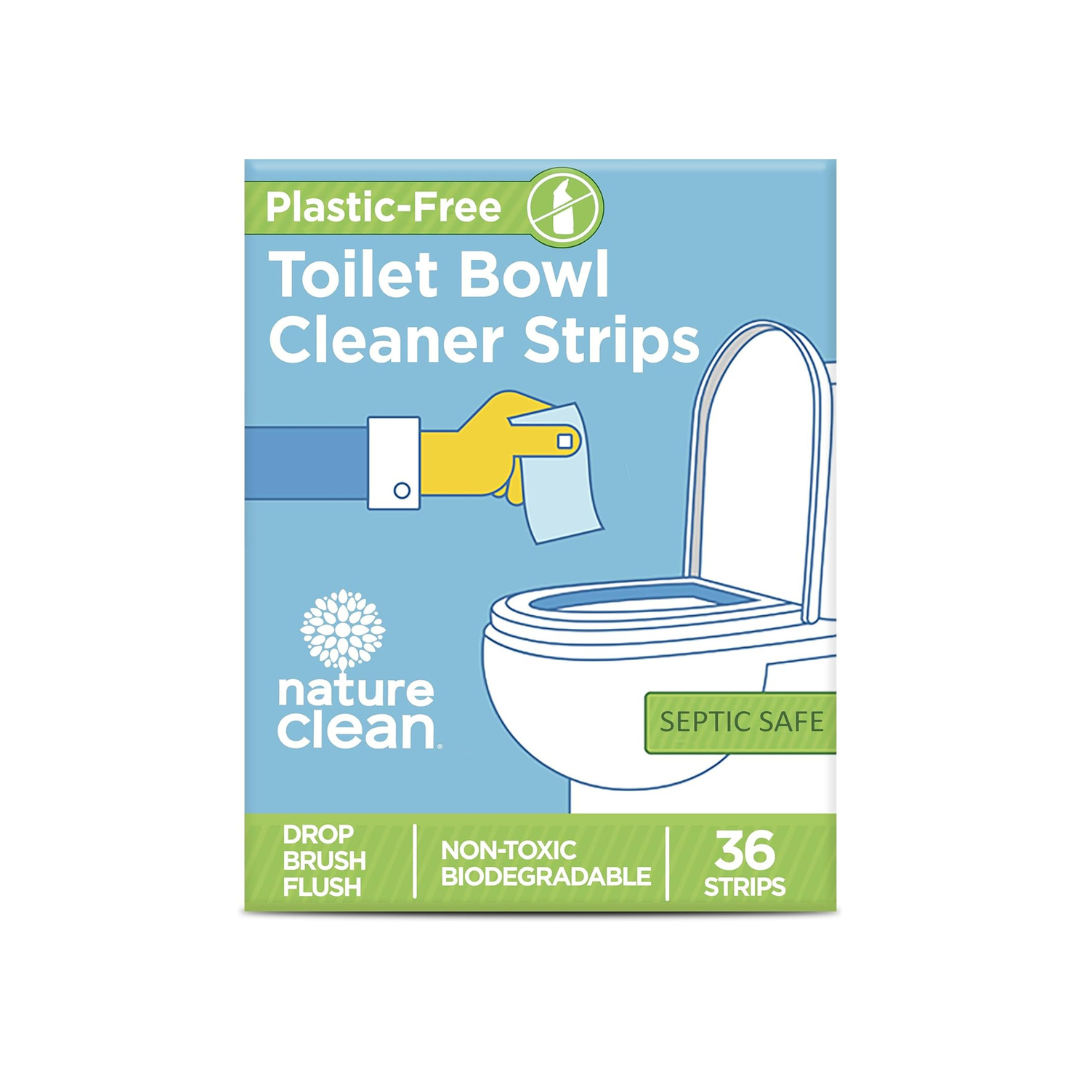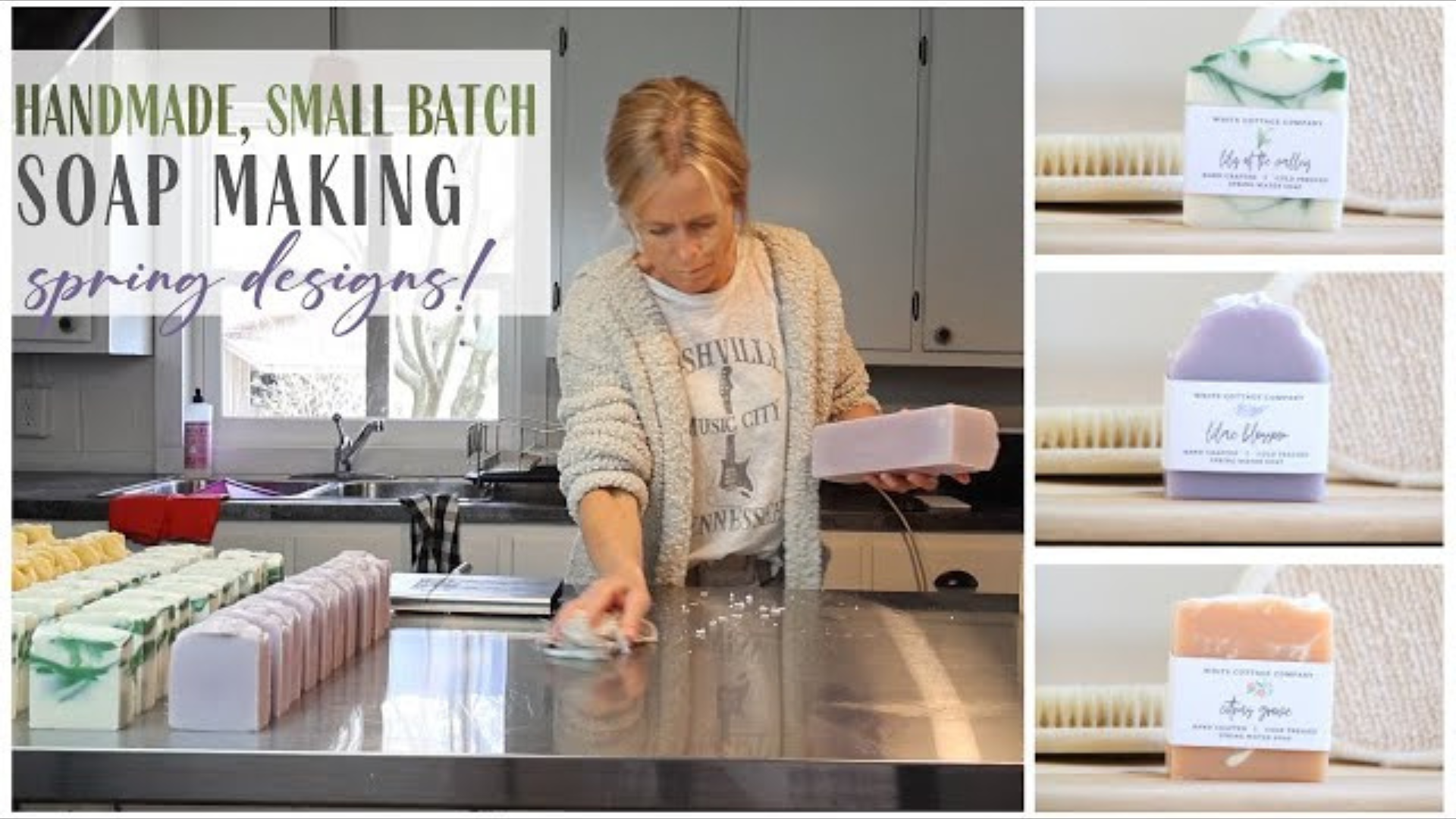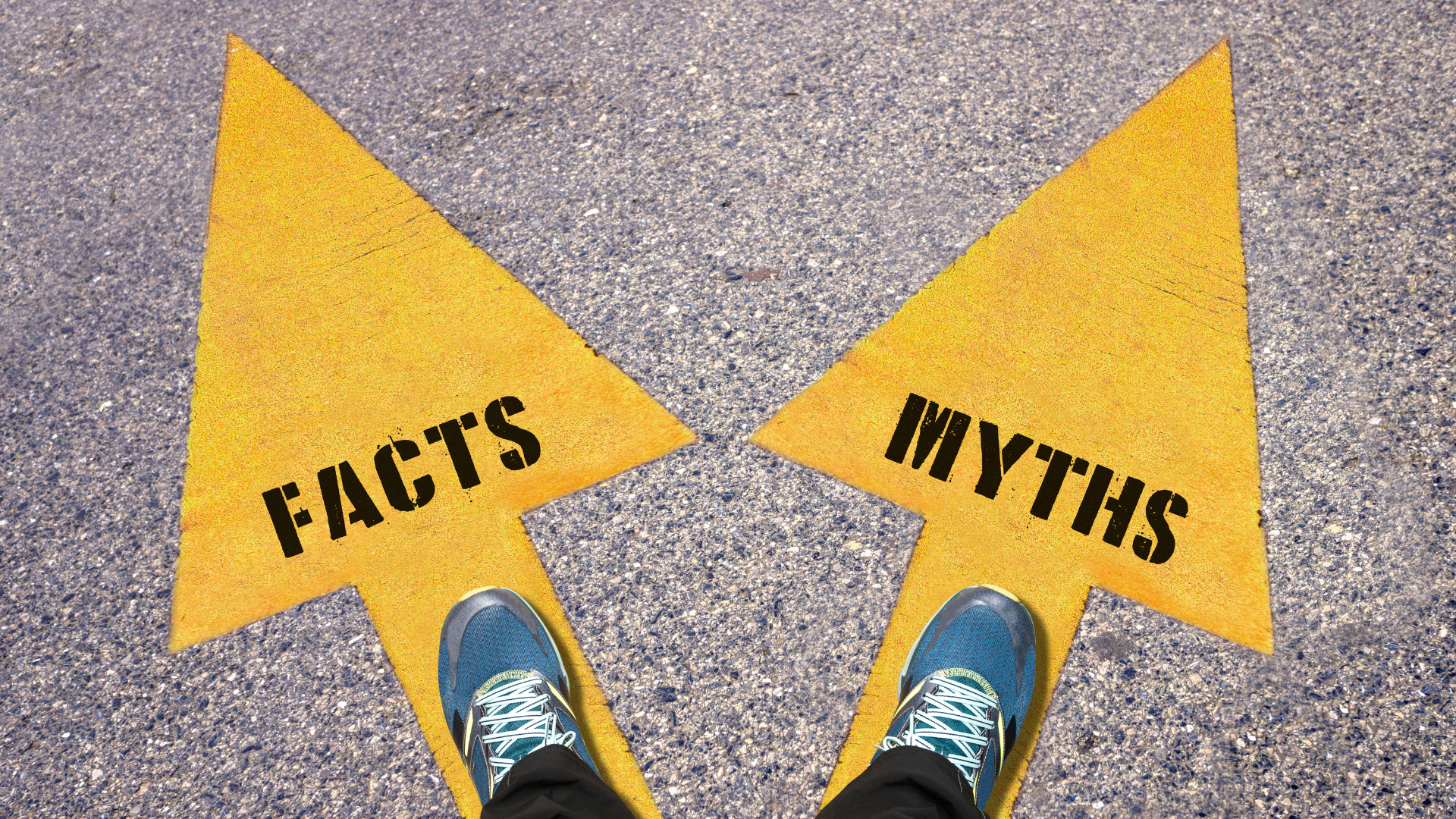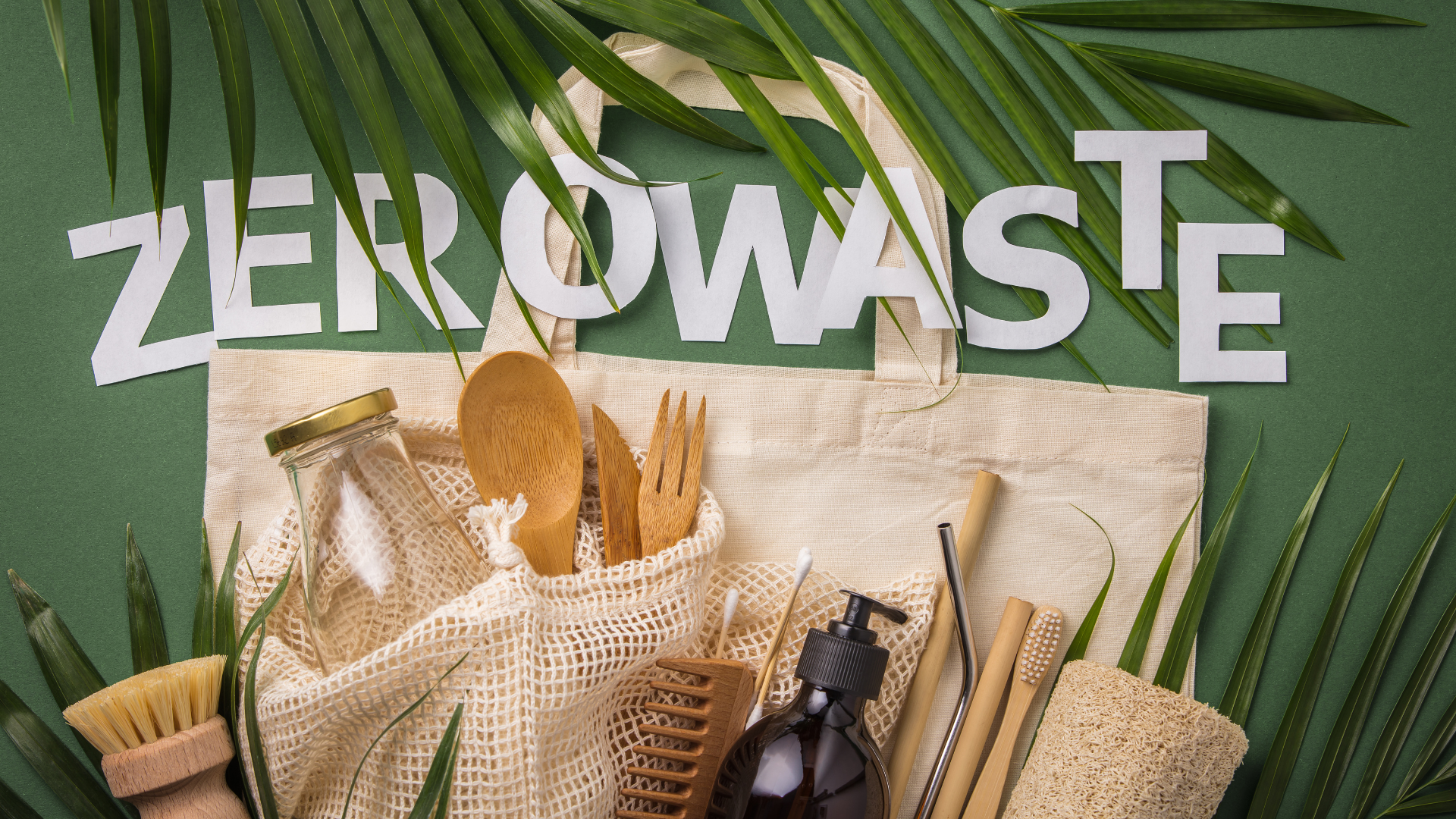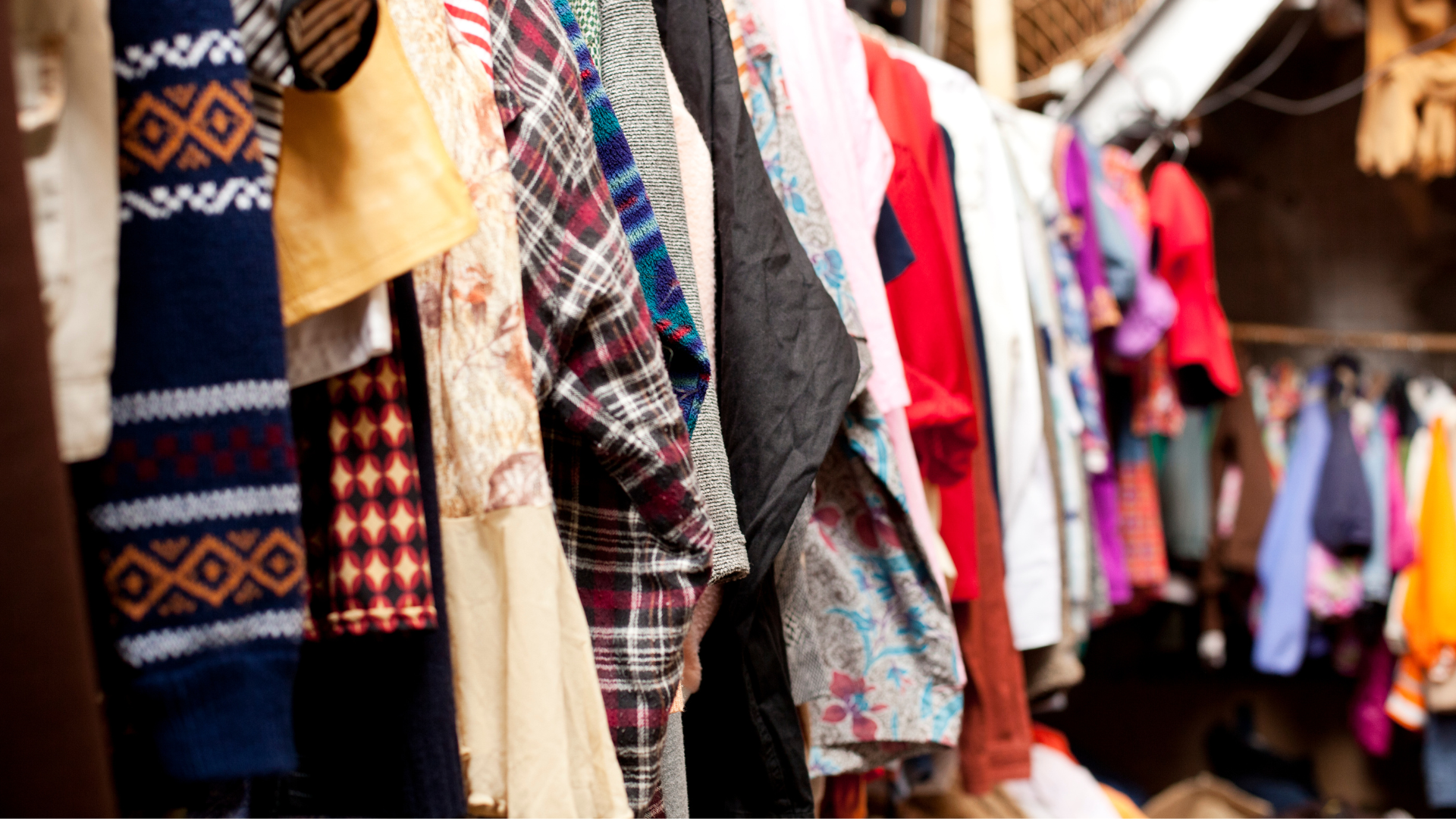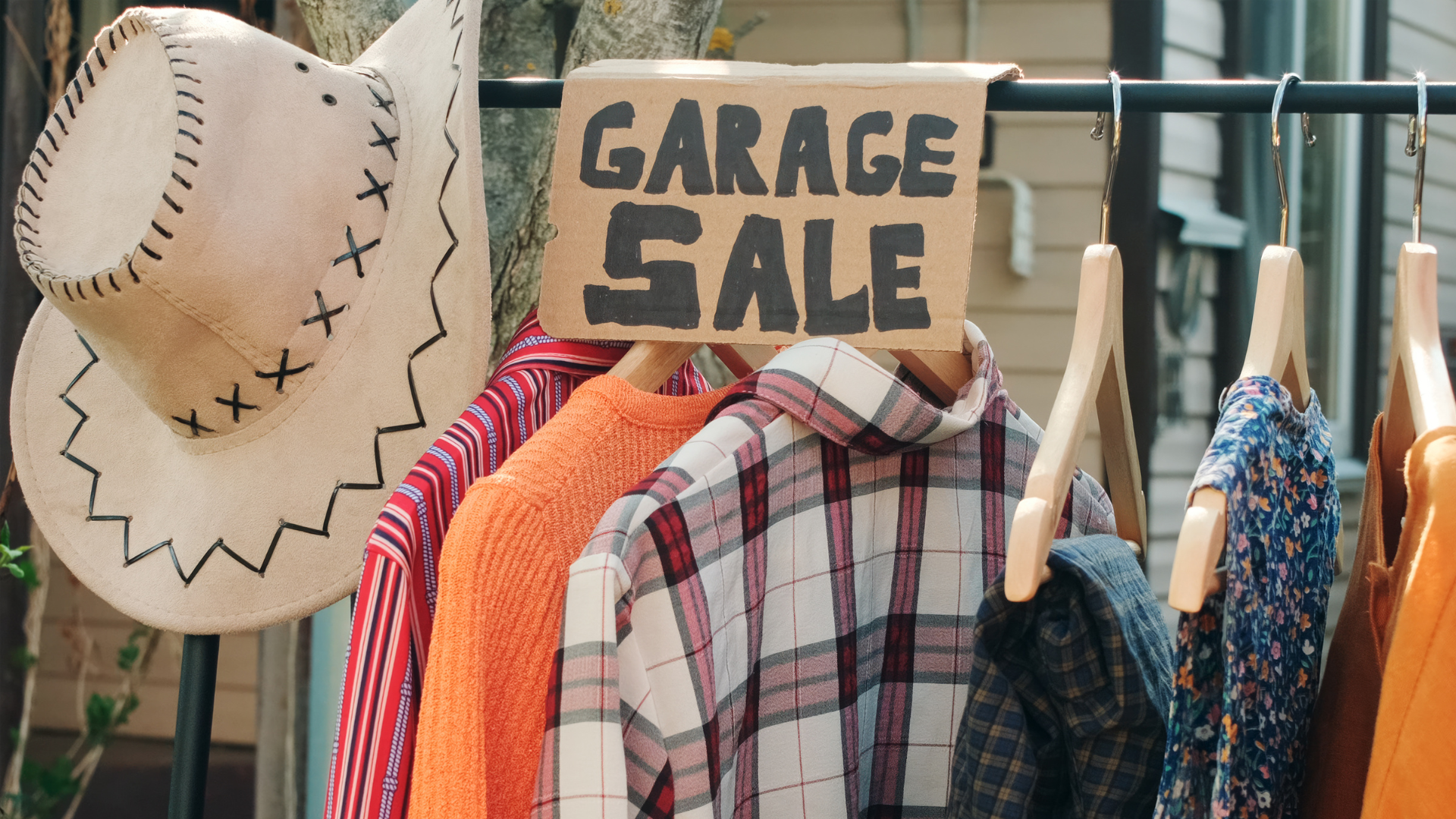Why Reading Product Labels Matters
For many of us, shopping has become second nature. We pick up products based on attractive packaging, catchy slogans, or even convenience. Yet, behind every product lies a story—one that’s often told in the fine print on its label. Learning how to read product labels is a skill that can empower consumers to make healthier, safer, and more sustainable choices. It’s not just about understanding what you’re buying; it’s about aligning your purchases with your values, whether that’s prioritizing eco-friendliness, ethical sourcing, or avoiding harmful ingredients.
At Sustai Market, we believe knowledge is power. Decoding product labels is a crucial step toward living a sustainable lifestyle and protecting your health. Our unique Sustai Score and Sustai Badges are designed to simplify this process, offering you a clear and transparent way to evaluate products quickly. But to truly take charge of your shopping habits, it’s essential to understand the basics of product labeling and why it matters.
The Role of Product Labels in Sustainable Living
Labels aren’t just there to tell you what a product is; they’re there to inform you about what it’s made of, how it’s made, and how it impacts the planet. For anyone striving to live sustainably, product labels can act as a roadmap to eco-friendly shopping.
How Labels Help Identify Eco-Friendly Products
Product labels often highlight certifications and claims like “organic,” “biodegradable,” “cruelty-free,” or “vegan.” These keywords are critical for identifying products that align with sustainable living principles. For instance, a product labeled “FSC-certified” ensures that the materials used come from responsibly managed forests. Similarly, a “Leaping Bunny” logo signifies that the product wasn’t tested on animals.
At Sustai Market, we make it easier to identify such products by leveraging our Sustai Badges. These badges highlight key attributes such as Cruelty-Free, Non-Toxic, Natural Ingredients, Plastic Free Packaging, Compostable, and Reusable so you can shop with confidence and clarity.
Avoiding Greenwashing Through Labels
Greenwashing—the practice of misleading consumers into believing a product is environmentally friendly—has become a growing concern. Words like “natural,” “eco-friendly,” or “green” can often be used as marketing tactics without meaningful backing. By reading labels carefully, you can discern whether these claims are substantiated through certifications or simply empty promises.
For example, a blog post in our Sustainable Living category explains how to spot greenwashing and make informed decisions. Understanding the difference between genuine certifications and vague marketing buzzwords is an integral part of decoding labels.
Empowering Sustainable Choices
Sustainable living is about making choices that minimize harm to the environment while supporting ethical and health-conscious practices. Reading product labels allows you to avoid items that may contain harmful chemicals, contribute to waste, or exploit unethical labor practices. Instead, you can opt for products that align with your values, such as reducing single-use plastics or choosing biodegradable alternatives.
Key Benefits of Reading Product Labels
The benefits of learning how to read product labels go far beyond sustainable living. It impacts your health, wallet, and the planet.
1. Protecting Your Health
Many everyday products, from skincare to cleaning supplies, contain ingredients that could be harmful to your health. For instance, personal care products may include parabens, phthalates, or synthetic fragrances, which have been linked to health concerns. By studying ingredient lists, you can avoid such components and prioritize safer alternatives.
Sustai Market ensures that the products we offer meet strict criteria for safety and sustainability. Our Sustai Score provides a clear rating that reflects a product’s impact on health and the environment, helping you make informed decisions with ease.
2. Avoiding Deceptive Marketing Tactics
As mentioned earlier, misleading labels can make it difficult to discern truly sustainable or safe products. Claims like “chemical-free” or “all-natural” are often vague and lack regulation. By reading labels and looking for substantiated certifications, you can avoid falling prey to these tactics.
For example, if a product claims to be “natural,” check the ingredient list to see if it contains synthetic or harmful components. Trustworthy certifications like USDA Organic provide more transparency than unregulated claims.
3. Supporting Brands That Align With Your Values
Every purchase you make is a vote for the kind of world you want to live in. Reading labels allows you to support brands that prioritize sustainability, ethical sourcing, and transparency. For instance, if a product label highlights “Fair Trade Certified,” it means the company ensures fair wages and working conditions for its workers.
At Sustai Market, we curate products from brands that meet these high standards. By choosing products with our Sustai Badges, you’re supporting companies that genuinely care about the environment, their workers, and your health.
4. Contributing to a Greener Planet
When you choose products with eco-friendly certifications or sustainable packaging, you’re reducing your carbon footprint and helping combat climate change. For example, selecting items labeled as “biodegradable” or “compostable” ensures they won’t contribute to landfill pollution.
For practical tips on integrating sustainability into your daily life, check out the resources in our Sustainable Living blog.
The Anatomy of Product Labels
At Sustai Market, we simplify this process with tools like the Sustai Score and Sustai Badges, but understanding the details is still a powerful skill. Let’s break labels down into their key components, explore the certifications that matter, and learn how to decode ingredient lists like a pro.
Breaking Down the Basics of Product Labels
Product labels typically have two main sections: the front of the label, which is designed to attract your attention, and the back of the label, where the real details are hidden.
1. Front of the Label
The front of the label is often filled with marketing claims and logos designed to appeal to buyers. Terms like “natural,” “safe,” or “eco-friendly” might seem promising but are sometimes used loosely.
What to Look For:
-
Certifications: Verify claims like “USDA Organic” or “Fair Trade Certified” through official logos. These certifications indicate that the product has been evaluated by a credible organization.
-
Sustai Badges on Sustai Market Products: At Sustai Market, products are clearly labeled with badges such as Cruelty-Free, Non-Toxic, and Natural Ingredients to help you quickly identify their key attributes.
-
Key Marketing Claims: Understand that terms like “natural” or “green” are often unregulated. Always back up these claims by checking the ingredient list and certifications.
2. Back of the Label
The back of the label is where you’ll find the essential details that determine a product’s quality and safety.
Key Sections to Note:
-
Ingredient List: Listed in descending order of concentration. The first few ingredients make up the majority of the product.
-
Instructions for Use: Important for understanding how to use the product effectively and safely.
-
Warnings: Includes details about allergens, safety precautions, or storage instructions.
-
Manufacturer Information: Provides transparency about the brand and its origins.
Understanding Ingredient Lists
The ingredient list is arguably the most important part of any label, especially for personal care, cleaning, and food products. However, it can also be the most confusing. Here's how to decode it effectively:
1. Ingredient Order Matters
Ingredients are listed in descending order of concentration, so the first few items are the most prominent. For example, if the first ingredient is water, it’s the primary component. This is especially important for skincare products, where active ingredients might be listed further down, indicating they’re present in smaller amounts.
2. Red Flags to Watch For
Some ingredients are harmful to your health and the environment. Here are a few common offenders to avoid:
-
Parabens: Often used as preservatives but linked to hormone disruption.
-
Phthalates: Found in fragrances and associated with developmental and reproductive issues.
-
Sodium Lauryl Sulfate (SLS): A foaming agent that can irritate the skin.
-
Synthetic Fragrances: Often labeled as “fragrance” or “parfum,” these can contain undisclosed chemicals.
At Sustai Market, we prioritize transparency by avoiding products with these harmful ingredients. Our Sustai Score evaluates products based on their safety and sustainability, so you can shop with confidence.
3. Decode Natural vs. Synthetic Ingredients
Ingredients with unfamiliar scientific names aren’t always bad. For example, “tocopherol” is a natural form of vitamin E. However, learning to distinguish between beneficial and harmful synthetic ingredients is key.
4. The Value of Simplicity
Products with shorter ingredient lists are often better because they reduce the likelihood of harmful additives. For instance, natural soaps might only contain a few essential ingredients like oils, lye, and water.
Decoding Certifications and Logos
Certifications and logos on product labels are designed to help consumers identify products that meet specific standards. However, not all symbols are created equal.
Common Certifications to Know
-
USDA Organic: Verifies that the product is made with at least 95% organic ingredients.
-
Leaping Bunny Certified: Ensures that the product is cruelty-free and not tested on animals.
-
Fair Trade Certified: Indicates the product was made with fair labor practices and sustainable sourcing.
-
FSC (Forest Stewardship Council): Guarantees that wood or paper products come from responsibly managed forests.
Key Terms and Buzzwords on Labels
Buzzwords like “natural,” “eco-friendly,” or “plant-based” can be helpful—or misleading. Here’s how to interpret them:
1. Common Buzzwords and Their Real Meanings
-
Natural: This term is unregulated, so it doesn’t guarantee the absence of harmful chemicals.
-
Eco-Friendly: Often used for marketing, but look for certifications like “Biodegradable” or “Compostable” for authenticity.
-
Plant-Based: Indicates that the product is derived from plants, but it doesn’t necessarily mean it’s free from synthetic additives.
2. How Sustai Score Helps Cut Through the Noise
The Sustai Score provides a clear and concise rating for each product, evaluating its environmental impact, ingredient safety, and overall sustainability. This helps you make decisions based on more than just buzzwords.
Reading Labels for Specific Product Categories
Different product categories require a tailored approach to label reading. Here’s what to focus on for some common categories:
1. Personal Care Products
-
Focus on avoiding harmful chemicals like parabens and phthalates.
-
Check for cruelty-free certifications like Leaping Bunny or PETA Approved.
-
Explore our Personal Care & Beauty blog category for more tips.
2. Cleaning Products
-
Look for terms like “biodegradable” and “non-toxic” but verify claims with certifications.
-
Avoid harsh chemicals like ammonia and bleach.
-
Check for Sustai Badges like “Plastic-Free Packaging” to reduce environmental impact.
3. Food & Beverages
-
Nutritional labels: Pay attention to added sugars, sodium levels, and artificial additives.
-
Certifications like USDA Organic or Non-GMO Project Verified are crucial for ensuring quality.
Label Reading as a Habit
Reading product labels is a skill that grows with practice, but it’s one that can transform your shopping habits and contribute to a healthier, more sustainable lifestyle. By understanding the anatomy of product labels, decoding ingredient lists, and recognizing legitimate certifications, you’re taking control of your purchases and ensuring they align with your values.
At Sustai Market, we’re here to support you every step of the way. With tools like the Sustai Score and Sustai Badges, along with our curated selection of eco-friendly products, we aim to make sustainable shopping simple and accessible.
Ready to explore more sustainable living tips? Check out our Sustainable Living blog. Together, we can make informed choices that benefit our health, our communities, and our planet.



